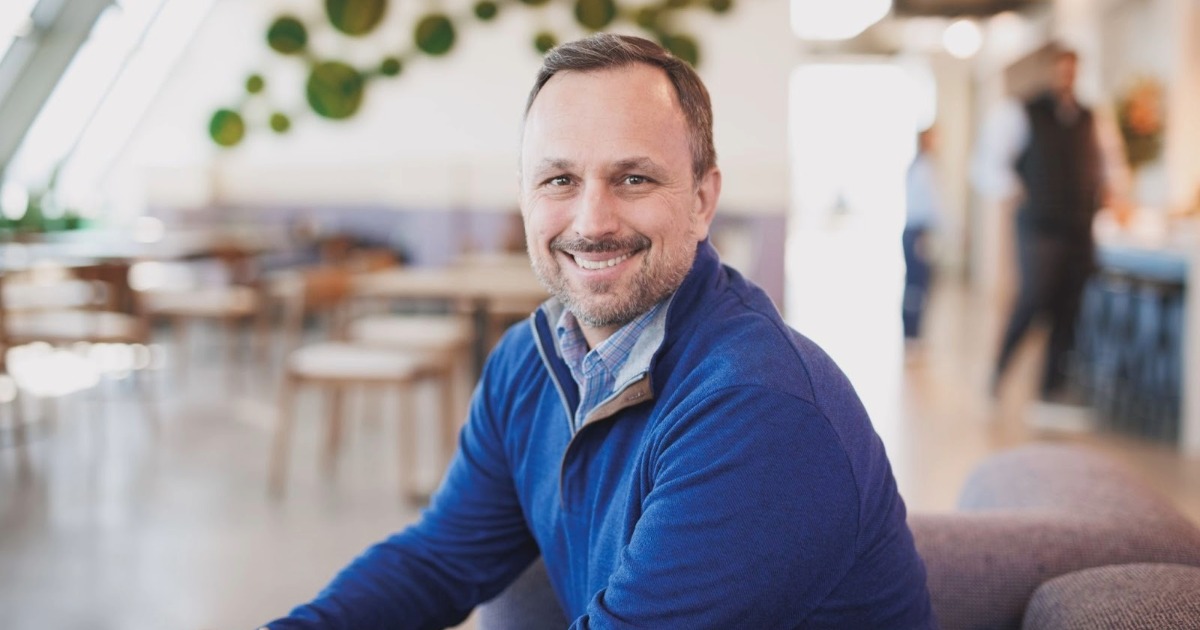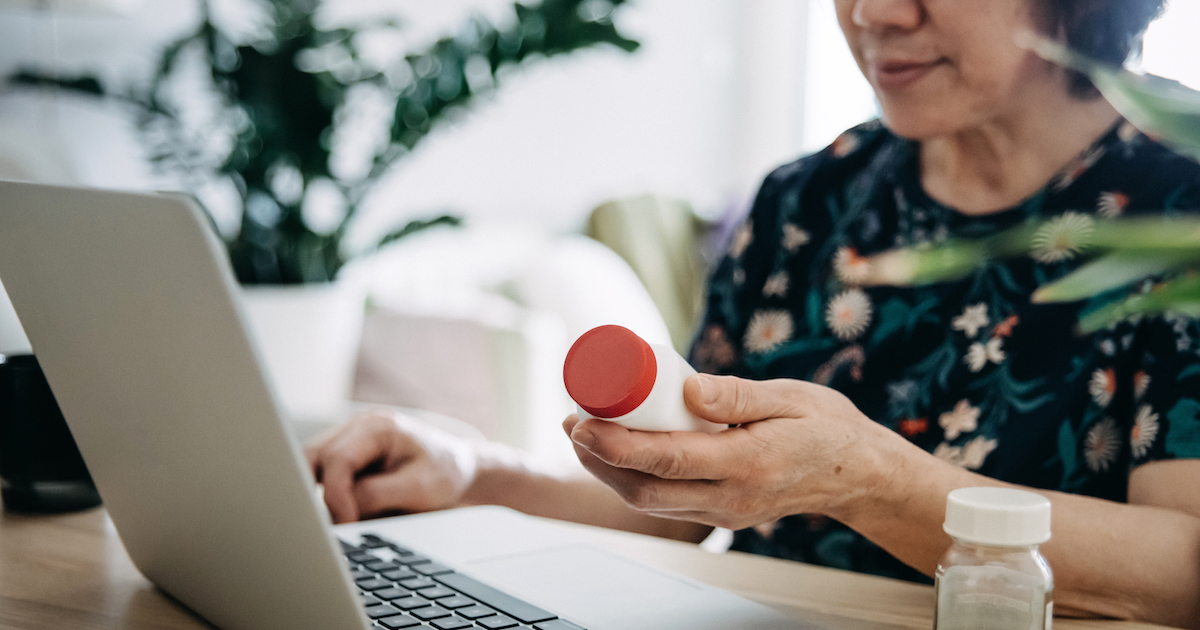 Right now, UCLA Health system's patient-facing mobile health initiatives are scattered across a number of different pilots for particular disease groups inside and outside the hospital. But as the apps are tested and developed further, the hospital hopes to link them all into the patient portal to create a "single source of truth for the patient," according to UCLA Health's Director of Health IT Adoption and Engagement Deidre Keeves.
Right now, UCLA Health system's patient-facing mobile health initiatives are scattered across a number of different pilots for particular disease groups inside and outside the hospital. But as the apps are tested and developed further, the hospital hopes to link them all into the patient portal to create a "single source of truth for the patient," according to UCLA Health's Director of Health IT Adoption and Engagement Deidre Keeves.
"Trying to steer our patient to that portal for education, for wayfinding, for linked content, that’s the vision," Keeves said during a session at the HIMSS Connected Health Conference just outside Washington, D.C. this week. "We’re not quite there yet, but if we could get them all under that one umbrella, of that one trusted source and drive content to them, I think that would really be the holy grail for patient engagement from our mobile platform."
Keeves talked about UCLA's in-patient tablet program, as well as some remote monitoring initiatives. But the secret sauce at the heart of all the programs is not just patient engagement, but actual patient feedback. UCLA has a volunteer patient advisory board that reviews all changes to the patient portal.
"When you want to take your technology tools further, it’s really important to hear from the patients who use them what they need," she said. "So we don’t make changes to our patient portal or our portal applications until we go to this group and get their feedback. It still goes to our governance group, but we start with that patient voice."
In the first iteration of the patient tablet, UCLA provided entertainment services like games and Netflix and access to social media, email, and a web browser. They also provided patients with access to their lab data and feedback surveys, both about their general hospital experience and about the tablets. Patients' favorite features were checking labs and searching online for information about their condition, so in the next iteration they added more educational tools, including personalized information about the patient's care team and daily schedule.
"I think in the hospital setting, what’s really helpful for these tools is trying to take the fear out of being hospitalized and give [patients] some notion of what to expect," she said. "What’s going to happen to me today? Who’s going to come into my room? The feedback from patients was that helping them know what to expect eases the fear and anxiety of being in a hospital."
Another inpatient app, for patients needing a prostate cancer screening, provided patients with information about the relative risks and benefits of two screening options and allowed them to indicate which one they preferred. That information would then go to their physician.
On the remote patient monitoring side, Keeves discussed several apps including one called Prime, which helps post-surgical patients track the progress of their recovery. They track heart rate and activity, answer a questionnaire about pain daily, and take daily photographs of their wound.
"It’s not enough to just collect information. It’s not enough to just collect that tidal wave of data. You have to make it actionable and clinically relevant," she said. "So our providers have an algorithm that alerts them if there’s a condition or a trend that indicates a worsening of a patient’s status. Not only can they see the trend of the pain or the activity, they can see the trend of the wound. And that whole picture together helps them make it actionable for the clinician. They know if they need to call that patient back for an office visit to keep them from being readmitted to the hospital."
UCLA's focus on the patient community goes beyond having the patient advisory board. They've also set up their EHR in a way that reinforces the humanity of patients. When any clinician opens the EHR, the first thing they see is a "Patient's Story" screen. It contains clinical goals, but also personal information about the patient, whether they have a family or pets and other details.
"Having all the clinicians see the same thing when they log in and having it be focused on the patient story was one thing that really helped our EHR implementation be a success," she said. "And so the way that they took that further was, when they round in the rooms, they turn the computer and they talk through the patient’s goals for the day. It's not them at the computer with their back to the patient, but them all looking at the same information on the screen together."
During the Q and A, Keeves talked about one more app that's in the works: a gamified "treasure hunt" app to get hospitalized kids to move around more.
"They're looking at an inpatient tool that helps gamify the hospital experience," she said. "So this is not developed yet, but they’re looking at trying to solve the problem of getting a patient walking around and out of their room and moving more. So they’re thinking about building a treasure hunt game with a map on it so – we have different art, different clinical stuff, so they’re looking into apps in that treasure hunt, gamified space to try to get them to move around."


